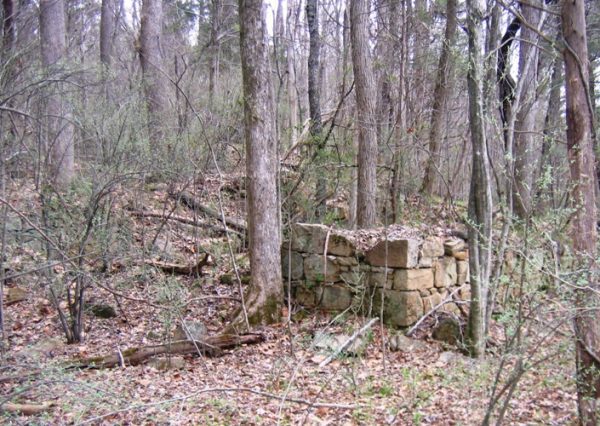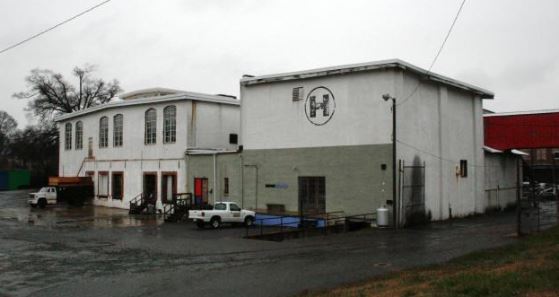Two-century-old mill site may be landmarked

Four properties proposed for historic landmarking will go before the Charlotte City Council on Monday – from the ruins of a Colonial-era grist mill site to a 1960s Modernist home.
At its Monday night zoning meeting, the council will decide whether to designate the Long Creek Mill Ruin near Beatties Ford Road and Huntersville-Mount Holly Road a historic landmark. The mill was the last operating grist mill in north Mecklenburg County when it closed in 1919.
Update on this article
The Charlotte City Council on Monday Sept. 16 voted unanimously to designate the Long Creek Mill as a historic landmark, and voted to hold public hearings on historic designation for the Defiance Sock Mills, the Louise Cotton Mill and the Cohen-Fumero House.
The council will also decide whether to set public hearings on three other historic properties – two mills and a midcentury Modernist house in East Charlotte, the Cohen-Fumero House. If approved, those public hearings will be Oct. 21, with a council decision a month later.
Long Creek was the site of two early grist mills. Captain John Long built the first sometime before the Revolutionary War. Around 1820, Colonel John “Jacky” Davidson bought the property and built a second mill. The second mill changed hands many times but operated until 1919, when larger industrial mills became dominant. As the only nonfarm buildings in the rural landscape, small water-powered mills were important community institutions.
“Before steam power became widely available, water-powered mills were just about the only power around except for animal power,” said Stewart Gray of the Mecklenburg County Historic Landmarks Commission. “There were many dozens of small mills” throughout the county’s creeks and rivers.
The Long Creek site includes the remnants of the mill’s stone walls and a 1,000-foot-long millrace, which channeled water from the creek to turn the large wheel that powered the mill.
The county owns the land and plans to build the Long Creek Greenway near the property. Design is scheduled to begin in July 2017 if money is available, said County Greenway Planner Gwen Cook.
“It’s just so compatible with the idea of the greenway going through,” Gray said. “To have a historical element added to the mix just seems like it has a lot of potential for the greenway. It’s also a way to sort of access and highlight a historical artifact of the county.”
The council will also consider setting public hearings for three other properties:
- The Defiance Sock Mills off Elliot Street in Third Ward, a hosiery mill built in 1918 that was recently converted into professional offices.
- The Louise Cotton Mill on Hawthorne Avenue, a cotton mill built in 1897 and expanded in 1901, which now houses “Hackerspace.”
- The Cohen-Fumero House, a modernist house on Cedarwood Lane in southeast Charlotte built in 1961 for two artists by a Modernist Charlotte architect, Murray Whisnant. It was the scene of many social gatherings of the city’s artistic and creative community in the 1960s, and was built by Gus Vinroot, father of former Mayor Richard Vinroot.

The City Council will also consider removing the Tuckaseegee Ford and Trail from consideration as a historic landmark. Gray said there are plans to designate that historic crossing of the Catawba River by American Indians and early settlers, but land ownership issues could complicate that process. Mecklenburg County owns much of the land, which is on the site of the county’s National Whitewater Center. But Duke Energy owns some of the islands on the crossing. Since 2006, Duke Energy has been in a process to renew its license from the Federal Energy Regulatory Commission to operate on the Catawba-Wateree River.
“(Duke Energy) would like to see that property designated,” Gray said. “They’re just worried that any changes might slow down the relicensing.”
A designated historic landmark gives the owner a property tax break, and any significant alterations must be approved by the county Historic Landmarks Commission. If an owner wants to demolish a landmarked building, the commission can’t forbid demolition but it can opt to delay it for up to a year. If a property proposed for landmarking is in the city, the City Council must approve designation.